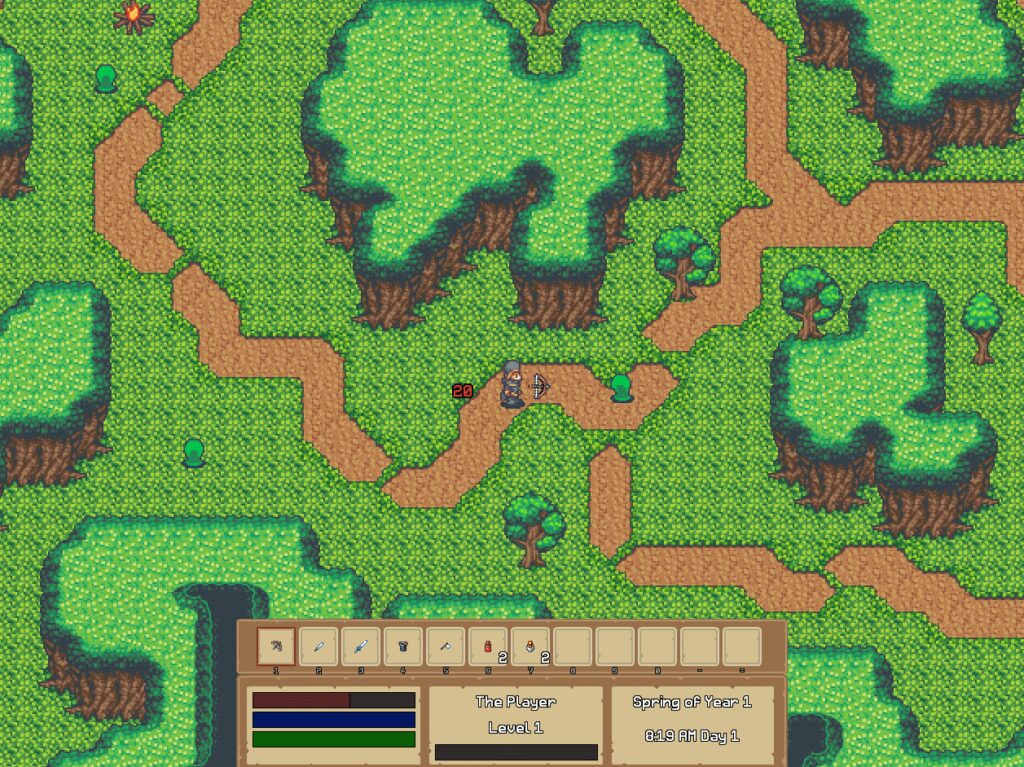Unity is a game engine for creating 2D and 3D games across desktop, mobile, and console platforms that many independent game developers favor. With an integrated visual editor, physics engines, asset importers, animation tools, scripting support, and networking support, Unity is an efficient and cost-effective tool for game development. Moreover, Unity offers low-cost licensing options, user-friendly interfaces, support for multiple platforms, and has an expansive community and asset store, making it a popular choice for developers developing games with limited resources. Building a game with Unity involves planning, designing, developing, testing, and deployment, making Unity a go-to software engine for indie game developers.
Unity: The Go-To Software Engine for Indie Game Developers
Unity is a cross-platform engine for creating video games that has become a popular choice for indie game developers. With its intuitive interface, robust feature set, and flexibility, Unity has enabled many indie developers to create high-quality games with ease.
What is Unity?
Unity is a game engine developed by Unity Technologies, which enables developers to create 2D and 3D games across desktop, mobile, and console platforms. It provides a wide range of features to help developers create games quickly and efficiently, including:
- Integrated visual editor
- Real-time preview of the game
- Asset importers
- Physics engines
- Animation tools
- Scripting support
- Networking support
All of these features have made Unity an effective tool for game development, especially for indie developers who need to build high-quality games with limited resources.
Why is Unity popular among indie game developers?
Indie game developers face a unique set of challenges, including limited budgets and resources, limited experience and expertise, and lack of visibility in the market. To overcome these challenges, they need an efficient and cost-effective game engine that can enable them to create high-quality games without breaking the bank. Unity is the perfect solution for these challenges due to the following reasons:
Low-cost licensing options
Unity offers several licensing options that cater to indie game developers, including a free option that enables developers to build and distribute their games for free. Additionally, there are several paid options, including the “Plus” and “Pro” licenses, which offer advanced features like cloud services, performance analysis tools, and additional platform support.
Easy-to-use and user-friendly interfaces
Unity’s integrated visual editor allows developers to drag and drop assets into the game, create complex animations and particle effects without extensive coding skills. Moreover, the user interface of Unity is easy to use and learn, which helps indie developers save time and resources as they do not need to spend months learning how to use the engine.
Support for multiple platforms
Unity supports multiple platforms, including desktop, mobile, and console, which is essential for indie game developers who want to reach a broad audience. With Unity, developers can create games for PC, Mac, Linux, iOS, Android, Xbox, PlayStation, and more, which can help them reach a massive market without additional development costs.
Expansive community and asset store
Unity has a vibrant community of developers and artists who contribute to the engine regularly, creating new assets and tools that can help indie developers build better games. Additionally, there is an asset store where developers can buy and sell assets, tools, and scripts to help speed up development and reduce costs.
How are games made with Unity?
Building a game with Unity is a straightforward process that involves planning, designing, developing, and testing your game. Here is an overview of the game development process using Unity:
Planning
The first step in building a game with Unity is planning. This involves defining the game’s concept, story, characters, and gameplay mechanics. Typically, planning involves creating wireframes and storyboards to help clarify the game’s design and help visualize the game’s development process.
Designing
The next step is designing. This involves creating art assets, sound effects, music, and other design elements that will be used in the game. Designing requires skills in illustration, sound design, and music composition, and may require the assistance of a team of artists, designers, and musicians.
Developing
The development phase of the game involves coding the game using Unity’s scripting language or programming languages such as C# or JavaScript. Developers use Unity’s visual editor to drag and drop assets into scenes, set up physics, create animations, and add sound effects to bring the game to life.
Testing and Bug Fixing
Once the game has been developed, it is necessary to test it and fix any bugs. This involves testing the game on various devices and platforms to ensure compatibility and stability. Testing also includes gathering feedback from beta testers to identify any issues or areas of improvement to make the game more engaging and exciting.
Deployment and Release
The final step in the game development process is to deploy the game and release it. This involves submitting the game to the appropriate app store or distribution platform, setting the price, and promoting the game to reach the target audience.
Conclusion
Unity has become the go-to software engine for indie game developers due to its ease-of-use, cost-effectiveness, and ability to support multiple platforms. With its growing community, extensive asset store and intuitive user interface, Unity has enabled many indie developers to build high-quality games without the need for extensive programming skills or resources. The engine has set the standard for modern game development and is sure to play a vital role in shaping the future of the gaming industry.
